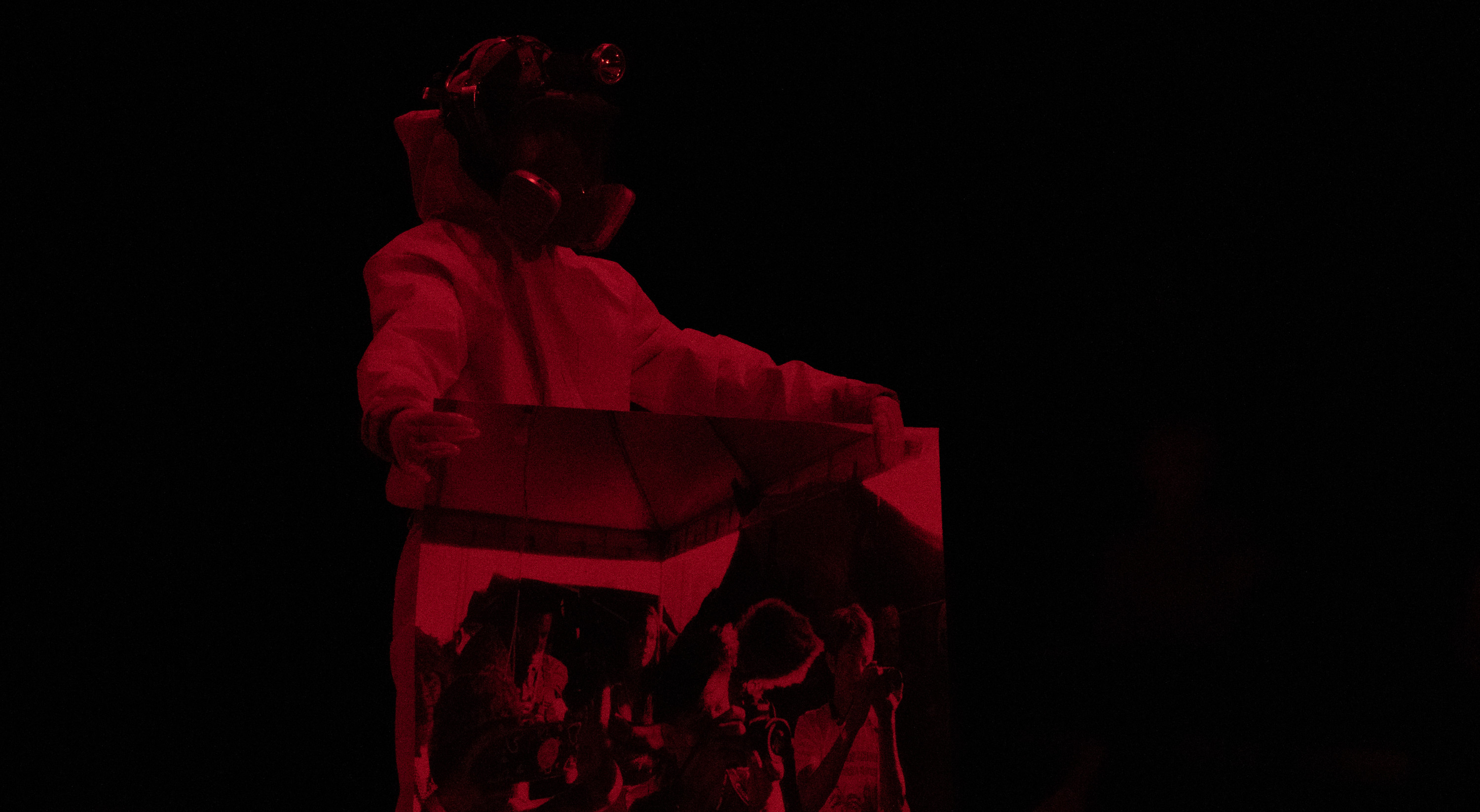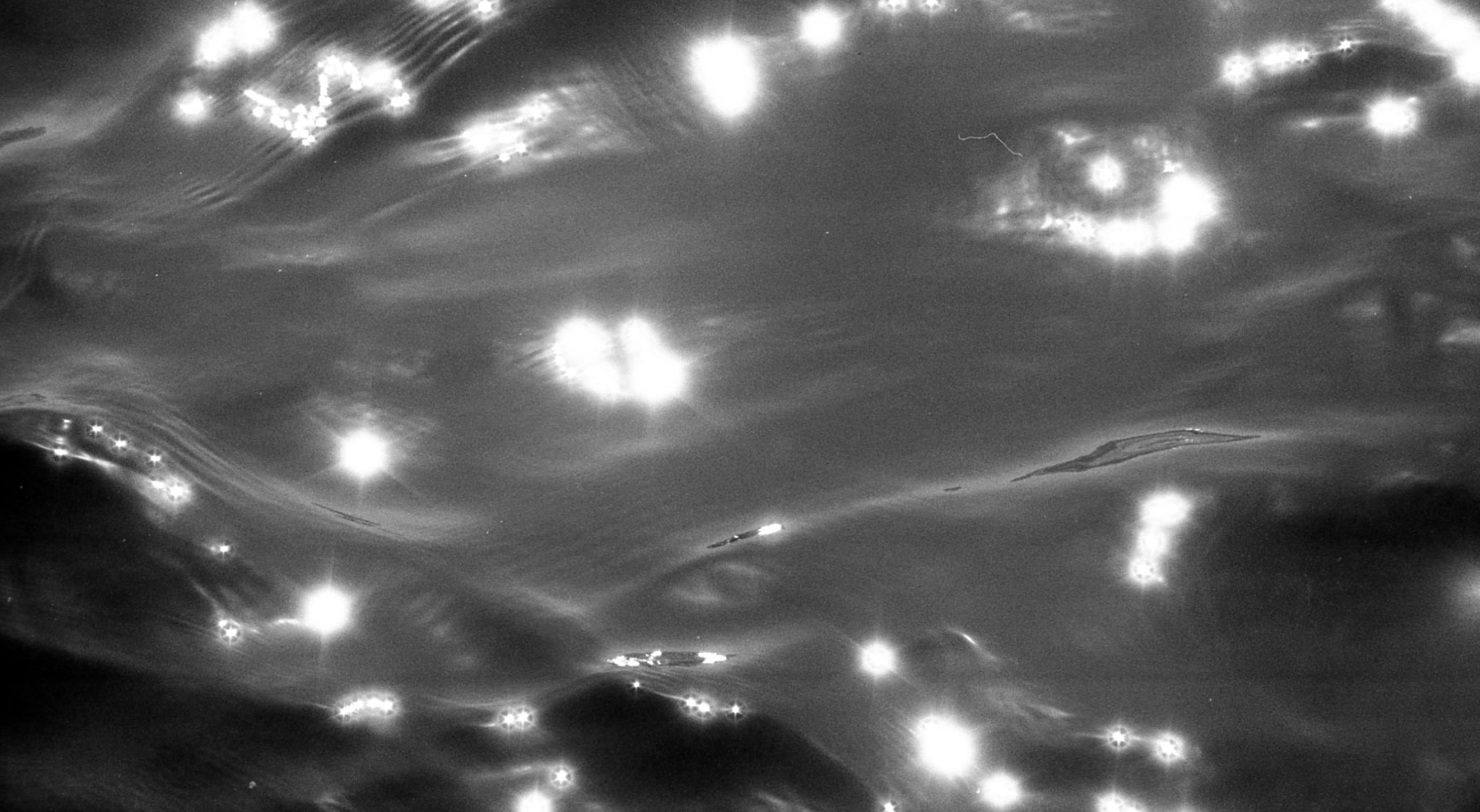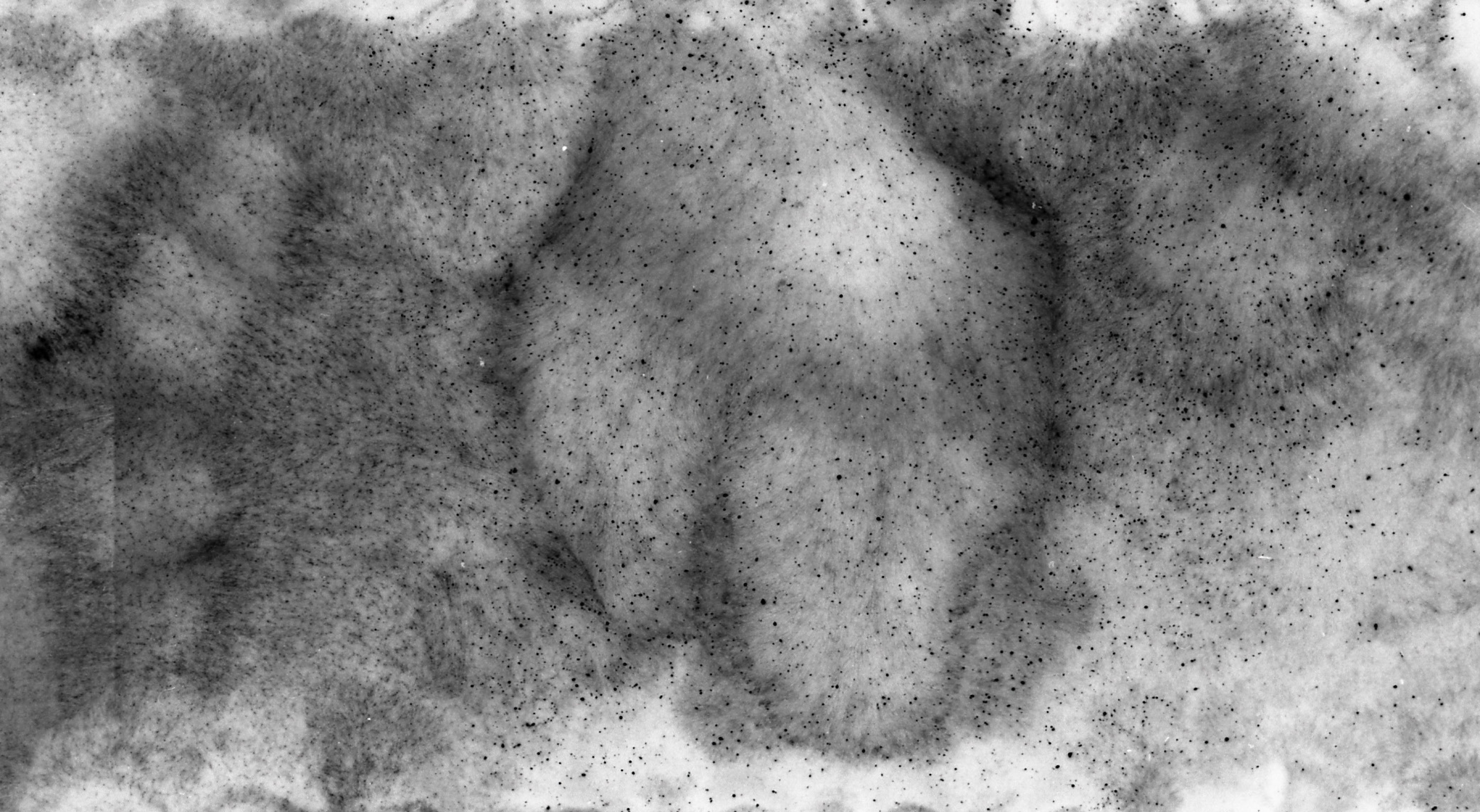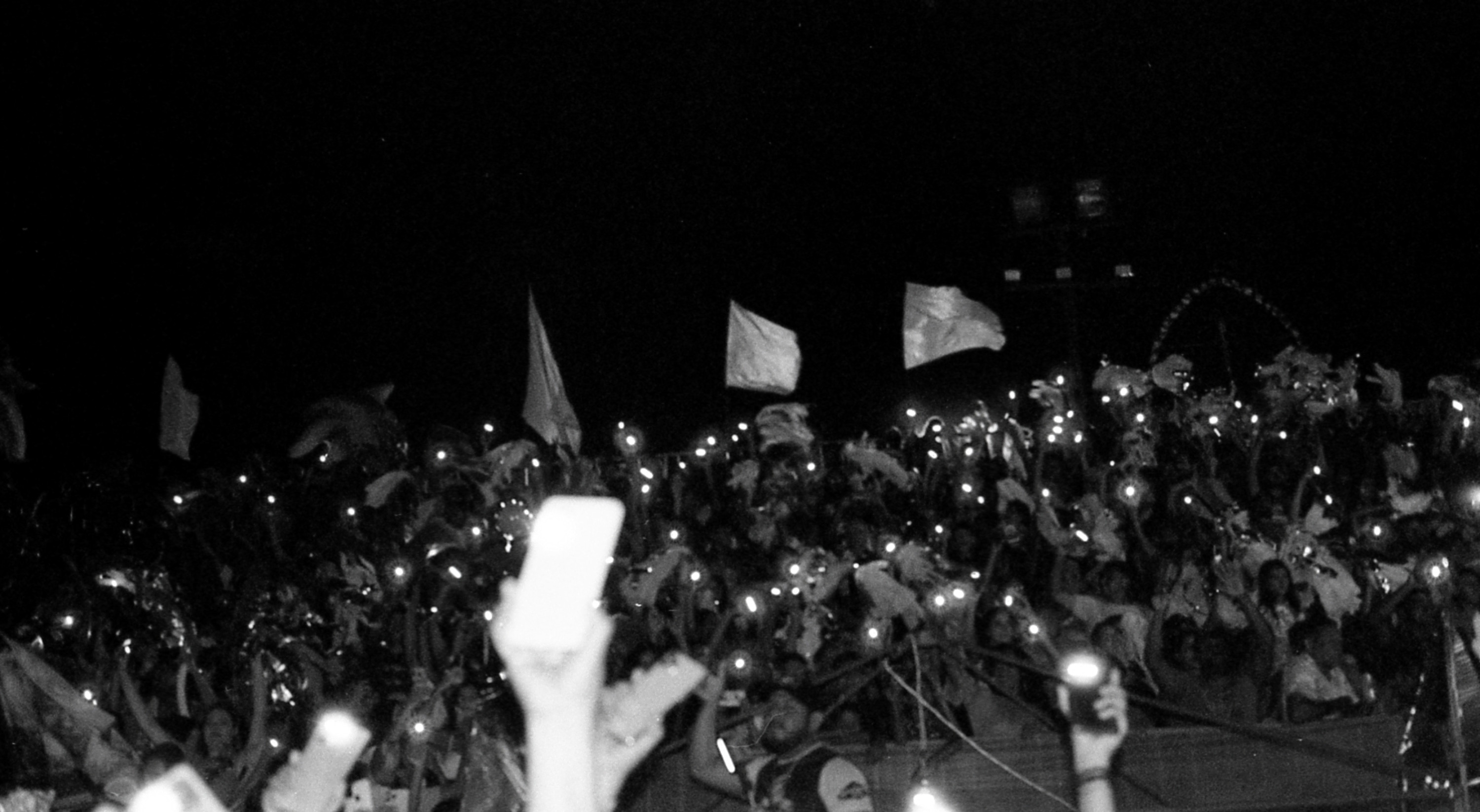Gabriela Carneiro da Cunha
Tapajós
decemberdec 10 – 17
Wednesday december 10
20h
Thursday december 11
20h
Friday december 12
20h
Saturday december 13
20h
Monday december 15
20h
Tuesday december 16
20h
Wednesday december 17
20h
Conception and direction Gabriela Carneiro da Cunha, the Tapajós river. Interpretation Gabriela Carneiro da Cunha, Mafalda Pequenino. Creation (ongoing) Sofia Tomic, João Freddi, Vicente Otávio, Mafalda Pequenino, Gabriela Carneiro da Cunha. Directing assistant Sofia Tomic. Photography Gabriela Carneiro da Cunha, Vicente Otávio, João Freddi. Photo technicians João Freddi, Vicente Otávio. Image editing Gabriela Carneiro da Cunha, João Freddi, Marina Schiesari, Sofia Tomic, Vicente Otávio. Editing of texts Manoela Cezar, Gabriela Carneiro da Cunha, João Marcelo Iglesias, Sofia Tomic. Dramaturgy Alessandra Korap, Maria Leusa Munduruku, Ediene Munduruku, Cacica Isaura Munduruku, Ana Carolina Alfinito, Paulo Basta, Julia Ferreira Corrêa, Rosana Farias Mascarenhas, Rodrigo Oliveira, Mauricio Torres, Eric Jennings. Translation Munduruku-Portuguese Honesio Dace Munduruku. Technical direction and lighting Jimmy Wong. Lighting assistant Matheus Espessoto. Sound Felipe Storino. Sound and multimedia creation Bruno Carneiro. Costumes Sio Duhi. Scenography Sofia Tomic, Ciro Schu, Jimmy Wong. Exhibition design Marina Schiesari. Consultation Raimunda Gomes da Silva, Dinah de Oliveira, Tomás Ribas. Finance Alba Roque, Tárik Puggina. Communication Jessica Laurino, Fernando Pivotto. Production in the territory of Carolina Ribas. Production of Ariane Cuminale. General production of Gabi Gonçalves.
Ircam sound diffusion Clément Cerles.
Production Corpo Rastreado; Aruac Filmes; Théâtre Vidy-Lausanne; Projeto Margens
Distribution in Europe Théâtre Vidy-Lausanne
Co-production (ongoing) Wiener Festwochen (Vienna); Festival d'Automne à Paris; Les Spectacles vivants – Centre Pompidou; Halles de Schaerbeek (Brussels); Kunstenfestivaldesarts (Brussels); La rose des vents – national stage Lille Métropole – Villeneuve d'Ascq/NEXT Arts Festival; Théâtre Garonne – European stage; Internationales Sommerfestival Kampnagel (Hamburg)
With the support and partnership of Associação Fotoativa, Clube do Analógico
Associated production Associação de Mulheres Munduruku Pariri, Associação Sairé
The research and development phase of the project was supported by the Manchester International Festival
Centre Pompidou thanks Pernod Ricard, patron of the Spectacles vivants
The Centre Pompidou and the Festival d'Automne à Paris are co-producers of this show and present it in co-realisation with the Ircam-Centre Pompidou.
![]()
Depuis plus de 50 ans, le Centre Pompidou et le Festival d’Automne contribuent à la redéfinition du paysage culturel, s’appuyant sur un engagement audacieux en faveur de la création, et faisant ainsi rayonner les arts contemporains à l’échelle nationale et internationale. Fortes d’une collaboration de longue date, les deux institutions s’associent cette année autour d’une programmation ambitieuse, mettant à l’honneur la création du chorégraphe Noé Soulier et du musicien et plasticien Tarek Atoui, ainsi que celle de la performeuse et cinéaste Gabriela Carneiro da Cunha. Ensemble, le Centre Pompidou et le Festival d’Automne imaginent également une « École du soir », pensée et orchestrée par le philosophe et économiste Felwine Sarr.
In a ritual-like performance piece, Brazilian director and researcher Gabriela Carneiro da Cunha uses the chemical-based processes of photographic development in order to bring to light the mercury contamination of the Tapajós River.
For the past twelve years, Gabriela Carneiro da Cunha’s vast, multidisciplinary research initiative entitled Riverbanks Project On Rivers, Buiúnas and Fireflies has prompted her to listen to and amplify testimonies of Brazilian rivers on the verge of catastrophe, as well as those who depend on them, whether they be human or non-human. First presented in 2021, Altamira 2042 brought us a polyphony of sounds and voices echoing the gigantic Belo Monte dam. The third chapter of this research now takes her to the banks of the Tapajós, one of the tributaries of the Amazon, in northern Brazil. This river, like those who live in proximity to it, has been contaminated by mercury discharges from the illegal mining activities that have taken over its banks. But what kills can also be used to shed light: mercury is one of the elements used in analogue photographic development. Indeed, the photographs taken in 2022 during two major encounters, one scientific, the other spiritual, form the beating heart of Tapajós, a performance which enables us to see and hear a world fighting for the right to resist and re-exist.
See also
In the same place




